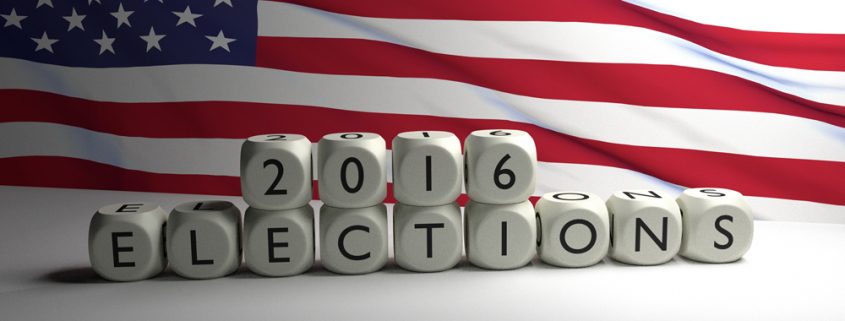Trumpocracy – the 101 Lesson for Communicators
Who was it that said: there are none so blind as those who will not see?
Maybe it was the Huffington Post, which reported of Hillary a day before the US election: “She’s got it!”. Or the New York Times, whose election-eve odds were 84% favouring a Clinton White House?
Ok, let’s not be too cute on the morning after, when all has been revealed and it’s easy to say, I saw that.
For the record, I didn’t see that.
But far more significantly, those self-assured and self-described indefatigable seekers of Truth – the entire American 4th Estate – didn’t see that.
Never have so many witnessed so much, so closely, for so long and seen so little.
But the outcome is not just a critique of media or journalists; rather there is a truly vital lesson for professional communicators everywhere.
This is a lesson in top down communications and engagement, versus bottom up.
The American media turned its full skill, experience and attention to reporting, analysing and interpreting; essentially commenting and telling the American people what was going on.
You get the model? We (the media) know what’s happening; we give you (the people) the benefit of our stunning insight, opinion and wit.
Yeah, right!
We talk these days about the importance of engaging, understanding and enfranchising. That applies to the public, whether it be stakeholders, communities, customers, clients … or voters.
But in hindsight what the American media didn’t do is clear – and also, for that matter, what the UK media didn’t do in the Brexit debate. It didn’t stop, ask, observe and listen, instead of tell, tell, tell.
This is the essence of good modern communication. It is about understanding first, then talking.
Governments in Australia and around the world, and to some extent Corporations, are learning this – sometimes the hard way.
But if there’s any real lesson from the US election for communicators, it’s that engagement, consultation and enfranchisement are not just the latest buzz words for the same old same old.
Things must truly be done differently in 2016.
We are a long way from the idea of developing a position, turning it into simple key messages, pumping it through news media and, if they don’t listen, buying space to time to say our piece.
The message no longer comes first. What comes first is … the open ear.
Engagement means listening and hearing, looking and seeing, and mostly shutting up yourself.
Things change slowly, of course. Organisations still expect a thing called a “communications strategy” that has positions, statements, and all the key messages tied up in a neat, pretty bow.
After Trumpocracy, and Brexit, the opportunity is for communicators to educate their paymasters about why they need a strategy that first gives the microphone to their audience – and starts with a key messages page that is blank.












Leave a Reply
Want to join the discussion?Feel free to contribute!